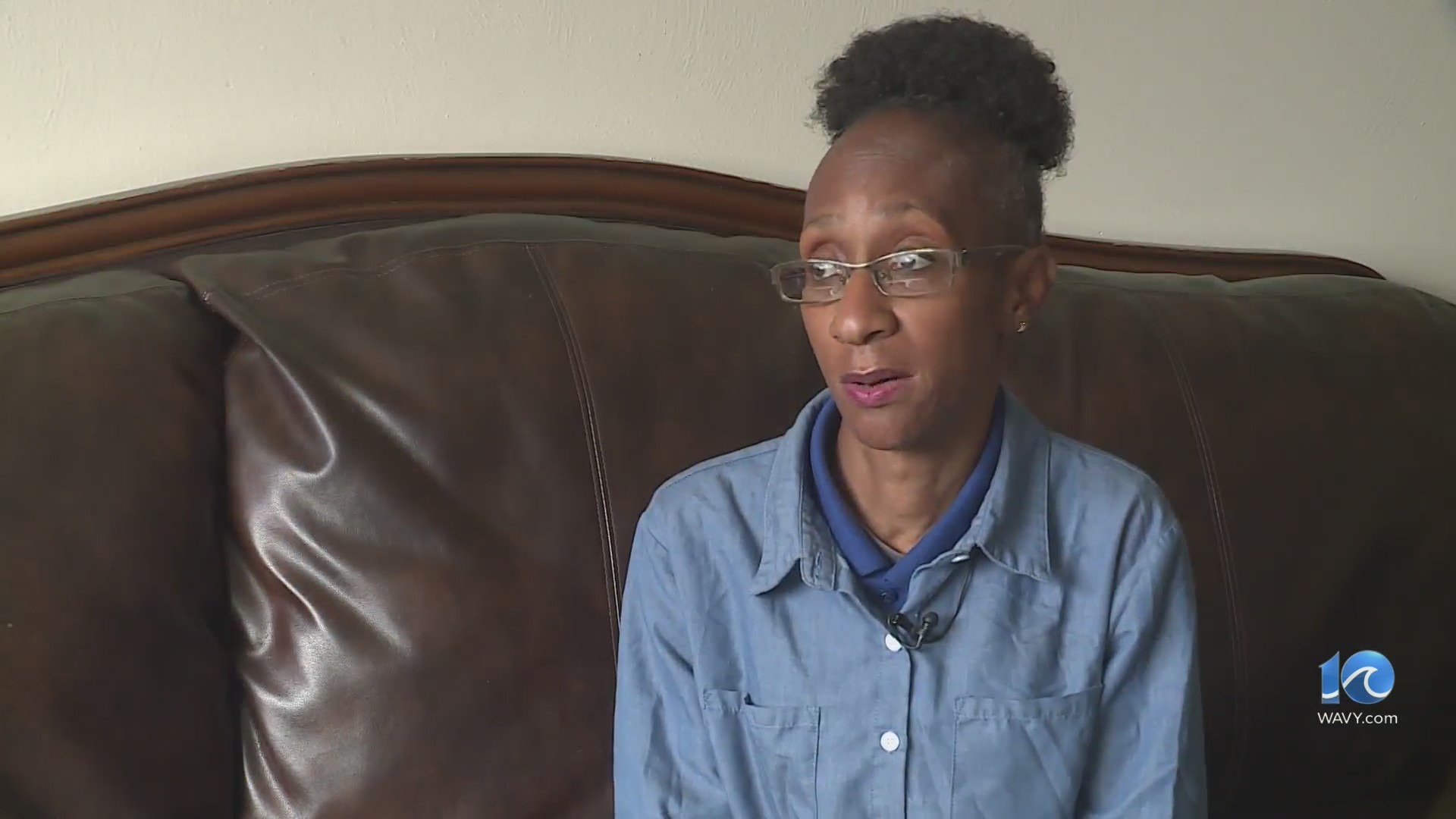This week, across the Hampton Roads area, is Severe Weather Awareness Week. The National Weather Service in Wakefield will be highlighting specific topics each day to ensure safety and preparedness during times of severe weather. In our part of the world, and many across the United States, spring is a season of transition, changes, and weather mood swings. All of which play a role in creating severe weather.
Throughout the week, we’ll be diving into some of these topics to help us prepare for the approaching severe weather season. And when it comes to severe weather, communication is everything. Understanding the alert system, watches, and warnings is critical for the protection of life and property.
So we’ll start with the difference between watches and warnings.

A watch is the ultimate heads up. These are issued hours, and even days, in advance of approaching weather. When a watch is issued, all of the weather ingredients are there for that weather event to happen later on. Across Hampton Roads, we deal with these many times. Winter Storm Watches, Tornado Watches, Flood Watches, the list goes on.
These are issued well in advance to give you time to get prepared. To get ready, some simple things you can do include getting up to speed with the forecast, checking the blogs here on wavy.com, or making sure you’ve downloaded the WAVY app. Others can be more elaborate, like ensuring you have enough supplies if the power goes out or building a plan in case of more intense situations.
A warning is issued when the weather is happening. The heads-up given from a warning comes in minutes rather than hours or days like watches. So when a warning is issued, it’s time to react and take action, rather than plan or prepare.
But since you’ve already done your preparation when the watch was issued, taking action is easier to do when the warning is issued.
Now, sometimes watches aren’t issued before warnings are, this serves as a reminder to always stay prepared.












































































































